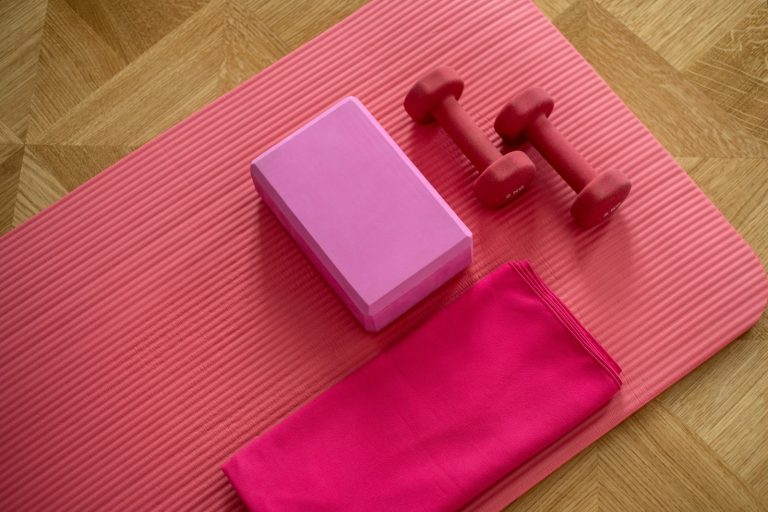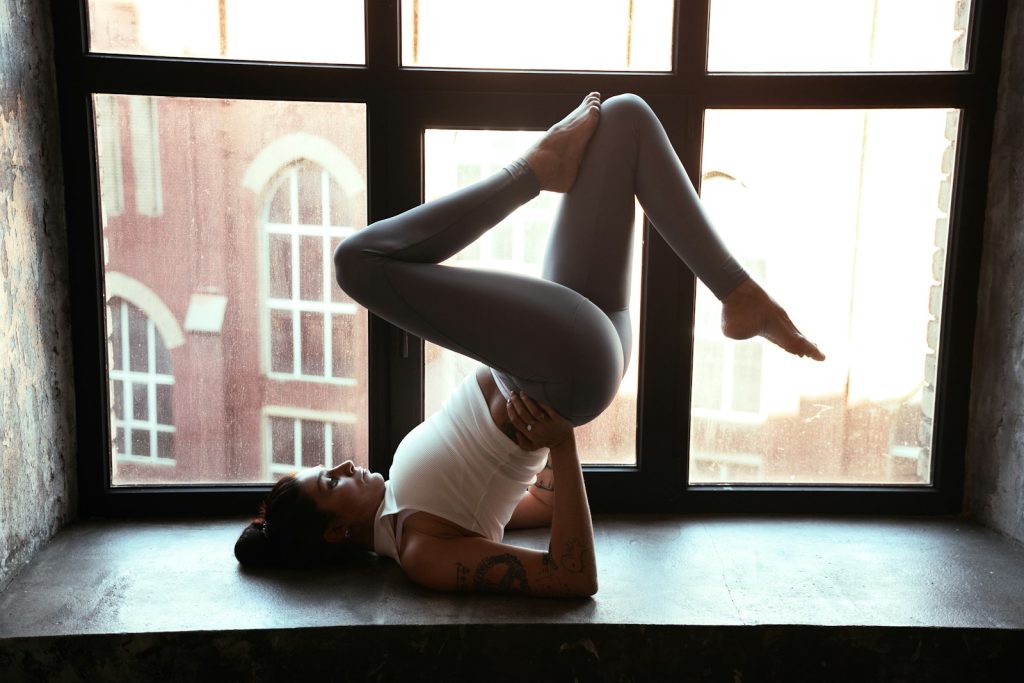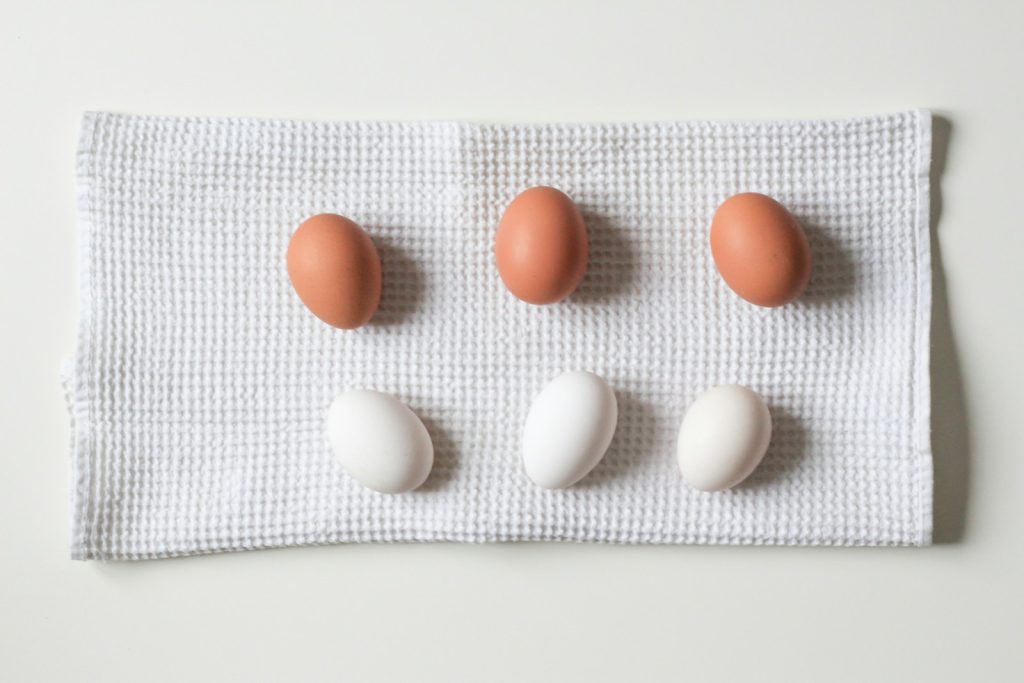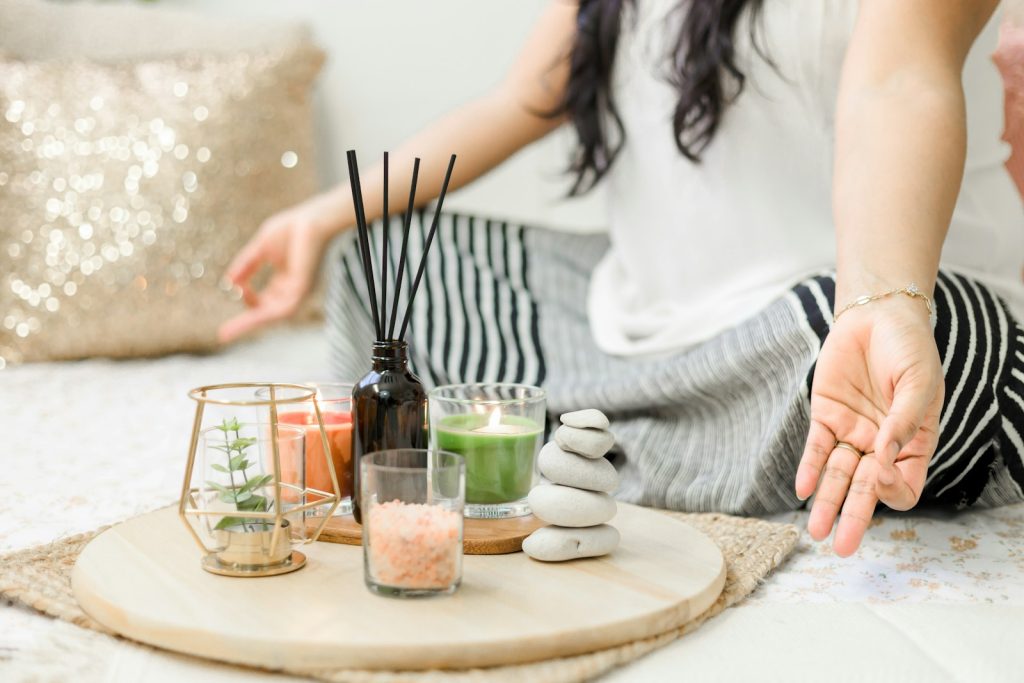Let’s Start With a Common Question: “My Knees Hurt on the Mat—What Should I Do?”
Picking Your Ideal Yoga Mat – Golden Rule 1: Ensure your mat’s ergonomics properly support your body.
How? When choosing a yoga mat, we often focus on color and texture but overlook its base layers and grip. A mat’s ability to stay grounded and grip the floor is just as important as its ability to support your body. Proper ergonomics in a yoga mat cushion joints, especially knees and wrists. Mats that stay firmly in place and feel “sturdy” when unrolled often provide better support. Since you can’t test mats before purchasing, research the materials in the base layers.
Note: If knee pain persists, consult a doctor. For mild discomfort during poses, use a folded blanket for cushioning.
Next Common Question: “Why Do My Hands Slip on the Mat?”
Golden Rule 2: Use natural materials like rubber, jute, or cork, and build core strength.
Synthetic mats tend to slip on floors and during poses like Downward Dog. Natural materials like rubber
Practice Tip: Refining Downward Dog
Natural materials matter—your face and hands touch the mat constantly. A reader asked: “What does ‘natural material’ mean for a yoga mat?”
Golden Rule 3: Avoid toxins.
PVC mats release harmful chemicals and disrupt breathwork. Opt for flax, jute, cork, or natural rubber.
“What’s the Ideal Thickness for a Yoga Mat?”
Golden Rule 4: Choose thickness based on your practice and location.
4mm–5mm is ideal for yoga. Thicker mats (6mm+) suit pilates. Examples:
“How Do I Clean My Yoga Mat? Won’t Water Make It Smell?”
Golden Rule 5: Clean naturally.
Synthetic mats trap odors and require harsh detergents. Natural mats (cork, jute, rubber) resist bacteria and odors. Clean with a damp cloth or DIY spray (1:3 vinegar-water).







